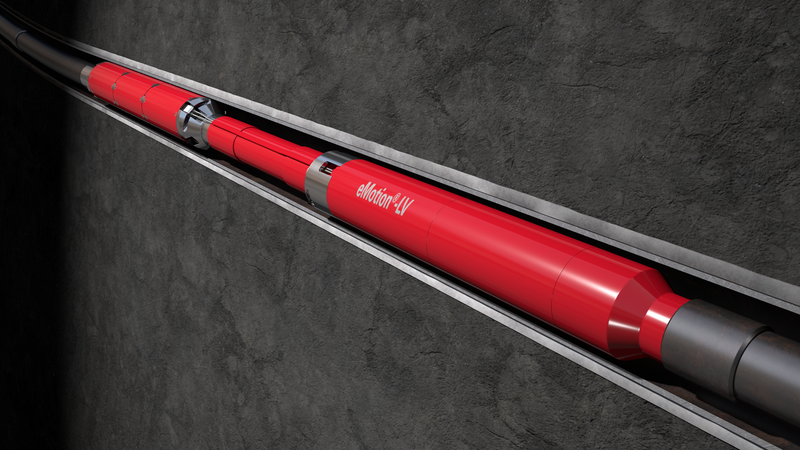 Search
Search
 Search
Search
First eRED valve utilized in Caspian East region replaces ball-drop method to set liner hanger
Download PDFUnconventional

Pumping a ball to seat through a long horizontal section of the well

Tengiz Field

TengizChevroil LLP (TCO) approached Halliburton for a solution to set a liner hanger within the lower completion, without the risks associated with pumping a ball to seat through a ~5,249-foot-long (~1600-meter-long) horizontal section of a well. This was the first horizontal well drilled and completed in the Tengiz field, thus flawless execution was essential to operation success. Halliburton listened and responded by designing an eRED® valve subassembly to set the liner hanger without dropping a ball, saving rig time and associated costs. After the liner hanger had set, the eRED valve remained as a toe isolation barrier allowing it to be shut off early. In addition, the flexibility of the eRED valve trigger configuration allowed TCO to consider contingency and emergency plans proactively.
For liner hanger installation and completion testing, TCO deployed the ball-drop method as standard. However, in a horizontal well, pumping a ball to seat can be a complicated and time-consuming operation due to the well deviation and difficulty achieving the sufficient pump rate to land the ball on seat. Deploying the completion string close ended could also increase operational risks while running in hole. To avoid such challenges, TCO was interested in using a different technology that would allow the completion to be run open ended, eliminate the need to drop a ball to seat, and to act as a barrier device afterward.
Instead of the conventional ball-drop method, Halliburton proposed using the eRED valve to deploy the liner hanger. This electronic remote equalizing device would be used as a completion toe shutoff valve to isolate the shoe track assembly. This allowed setting of the liner hanger by acting as a barrier to plug the lower completion. The eRED valve was made up to a three-way crossover and pre-installed into the completion subassembly and was programmed and tested in the TCO workshop before shipping to the rigsite.
The eRED valve was run in hole in an open position to allow the completion to self fill and reduce the risk of swabbing the well. After reaching total depth, the valve was triggered closed using hydrostatic pressure, which initiated a timer closing delay to allow for setting of the liner hanger. After setting the liner hanger and pressure testing the liner hanger packer and lower completion, the eRED valve was locked closed by sending a pressure command to shut down the electronics, leaving the eRED valve in a final closed position.
meter-long horizontal section of a well
well drilled and completed in the Tengiz field
risks associated with landing a ball on seat
The eRED valve proved its technological advantage and reliability in challenging downhole conditions, which helped save the operator rig time and costs and maximize asset value. The valve was set at 6727.5 meters (22,072 feet) and operated as programmed after exposure to temperatures of -25°C (-13°F) during rigsite storage, up to 128°C (32°F) downhole at 11,800-psi (814-bar) hydrostatic and 14,300-psi (986-bar) absolute pressures, as well as high H2S levels. Deploying the eRED valve in the open position maximized the ability to reach depth by allowing fluid bypass through the completion, reducing the risk of swabbing the well. When the eRED valve successfully closed, it acted as a barrier device in accordance with ISO 14310 standards. Using the remotely controlled eRED valve helped minimize operational uncertainty and eliminate risks associated with dropping a ball to set the liner hanger.
Remote Open Close Technology
A retrievable, computer-controlled ball valve that can be repeatedly opened and closed by remote command
Download Information
Halliburton eMotion valves provide interventionless remote control of hydraulically actuated completion equipment to eliminate multiple wireline runs.